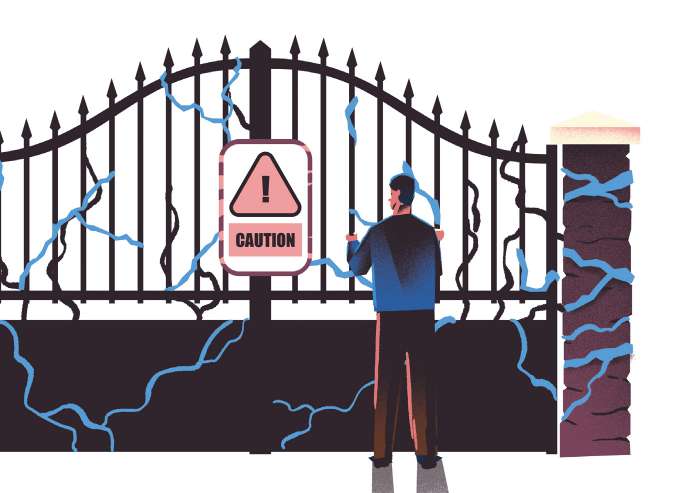Time to engage?
More stringent regulations on disclosure and greater limited partner sophistication on environmental and social risks in private equity portfolio companies appear to be having an effect on the market, two new academic papers show. But investors need to be wary of unintended consequences, according to a third piece of research.
By Vicky Meek
While it is a far from universally adopted practice, and is hotly contested among some constituents, the development of considering environmental and social (E&S) factors in investment decision-making has clearly been a major trend over the past 10-15 years. Societal pressure, the scientific evidence demonstrating climate change and a ramp-up of regulatory requirements have all meant that many institutional investors are taking more sophisticated approaches to managing and monitoring the E&S impacts – both positive and negative – of their portfolios.
Where are we now?
As thinking and practice around E&S considerations continues to evolve, two recent research papers look at fundraising patterns to take stock of how regulations and limited partners’ views are affecting the private equity market.
The first, ESG Incidents and Fundraising in Private Equity, uses reported E&S incidents matched to PE firms and their portfolio companies to assess the extent to which they affect a firm’s future fundraising prospects. It finds that firms with more E&S incidents in their portfolios tend to raise smaller subsequent funds than their peers with fewer or no such incidents, and that they are less likely to raise follow-on funds. This appears to provide evidence that LPs are taking notice of these incidents for their own sake, as the research finds that they don’t materially affect financial performance.
“I was surprised that we did not find a strong statistically significant correlation between fund performance and the number or seriousness of E&S incidents,” says Teodor Duevski, one of the study’s authors. “There is often a view that these kinds of incidents affect performance as, for example, customers may go elsewhere. Yet while this may not hurt a firm at the portfolio company or fund performance level, it will hurt the PE firm if it relies on LPs who care about this.”

If you are an LP that wants to achieve environmental, social and governance impact, private markets are the place to do it.
Teodor Duevski
The researchers look at LP-level data and find that European investors, and those in traditionally Democratic-leaning US states and in publicly-listed companies, are more likely than other LPs to terminate relationships with general partners that have past incidents in their portfolios. And, in confirmation of what many believe to be true of PE – that this form of ownership can be an effective agent for change – the study also finds evidence that E&S management improves in portfolio companies owned by PE firms that rely on investors who care about these issues. The conclusion is that LPs are using their voice to reduce negative E&S effects in their portfolios.
“If you are an LP that wants to achieve environmental, social and governance (ESG) impact, private markets are the place to do it,” says Duevski. “The concentrated ownership and potential for monitoring and engagement in PE provides the potential for change, unlike in the public markets, where ownership is dispersed.”

People are being cautious about their terminology today because of the backlash against ESG. Yet they are still interested in the information.
Steven Utke
The second paper, ESG Disclosures in Private Equity Fund Filings and Fundraising Outcomes, looks at the effect of US ESG disclosure regulations on PE fundraising by examining the Securities and Exchange Commission’s mandated reporting in Form ADV filings. “PE firms over a certain size are required to disclose material risks, as well as investment strategies, in their ADV filings,” explains one of the paper’s authors, Steven Utke. “There is some discretion over what is disclosed, but because these are regulatory filings, they are subject to heavy scrutiny. Legal teams spend a lot of time making sure they comply with regulations and fairly present what a firm does.”
 The research finds that negative environmental disclosures affect PE fundraising uniformly, while positive disclosures appear to attract LPs in Democratic-leaning US states and put off those in Republican-leaning states, where there is more likely to be anti-ESG sentiment. The overall conclusion is that disclosure regulation is working as intended as it is providing information that investors find useful when making decisions.
The research finds that negative environmental disclosures affect PE fundraising uniformly, while positive disclosures appear to attract LPs in Democratic-leaning US states and put off those in Republican-leaning states, where there is more likely to be anti-ESG sentiment. The overall conclusion is that disclosure regulation is working as intended as it is providing information that investors find useful when making decisions.
“It is interesting to note that significant disclosure of negative information is driving all investors to reconsider,” says Utke. “People are being cautious about their terminology today because of the backlash against ESG. Yet they are still interested in the information – if investments are located in low-lying areas and at risk of flooding, you’d want to know that.”